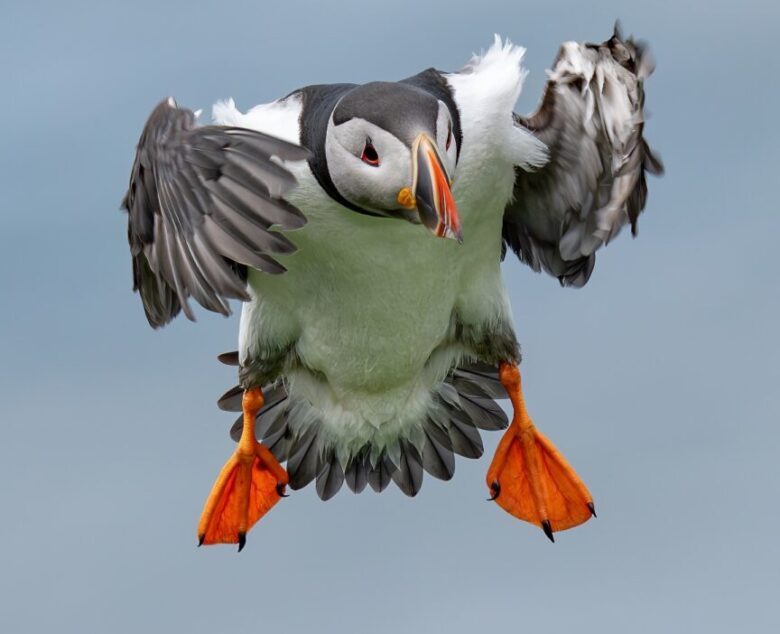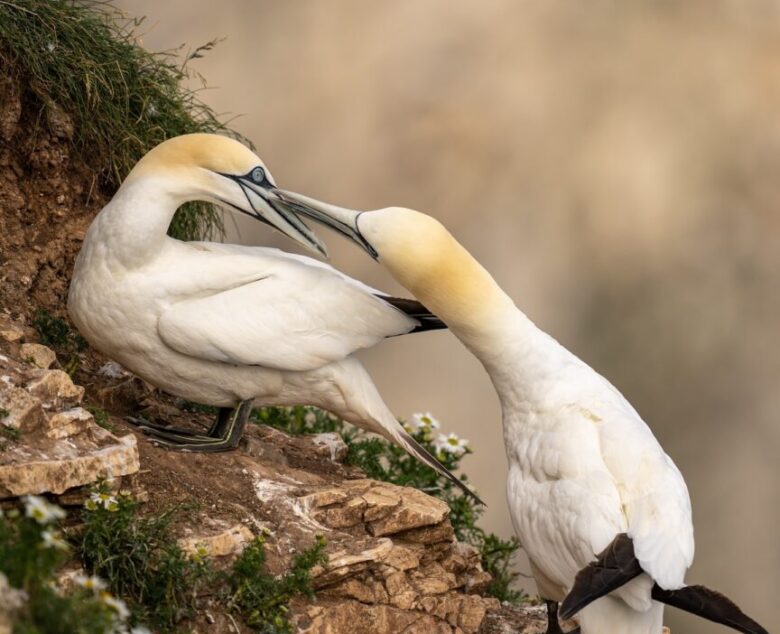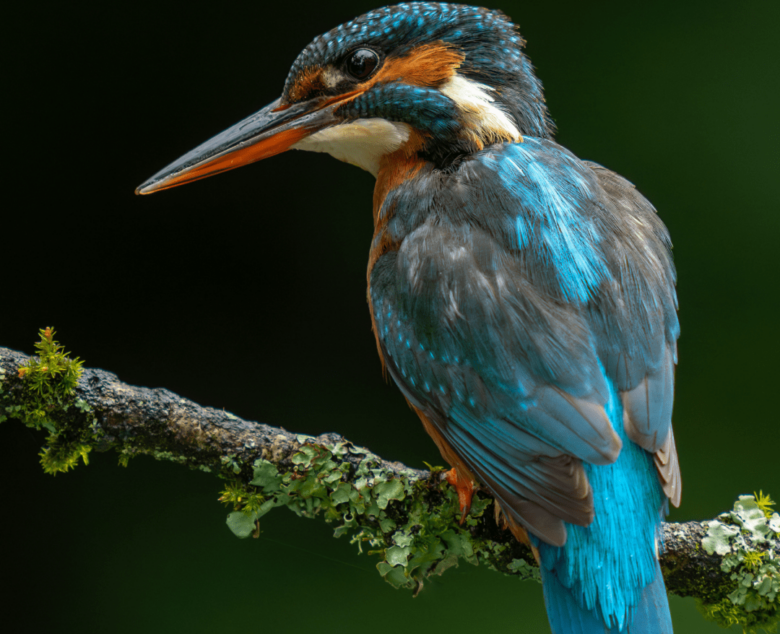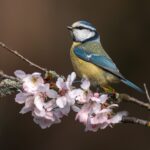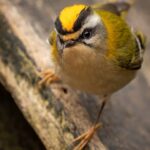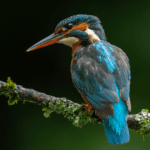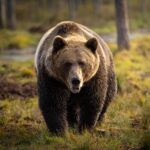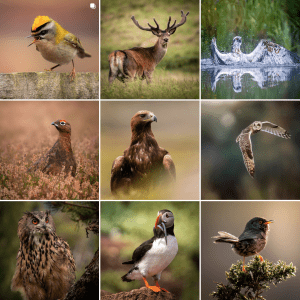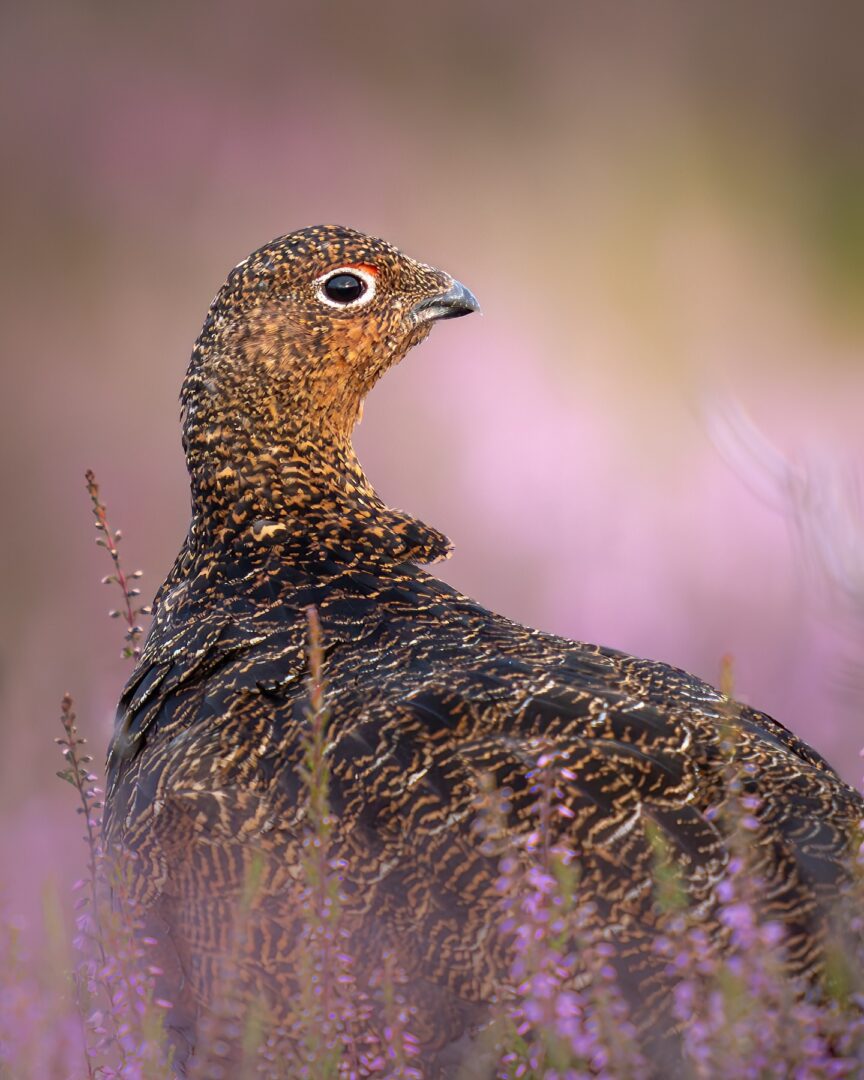
Red Grouse on the Yorkshire Moors: Sunrise with the Scarlet Sentinels
I experienced these stunning birds on the vast, rolling expanse of the Yorkshire Moors as the first light of dawn began to paint the sky. The air was crisp, filled with the earthy scent of heather and the promise of a new day. Suddenly, the stillness is broken by a series of calls—guttural and evocative. These are the sounds of the red grouse, the unmistakable scarlet sentinels of the moorland. For a wildlife photographer with a passion for animal conservation, capturing these birds at sunrise was not just a shoot, but a profoundly moving experience.
The Yorkshire Moors are one of the few remaining strongholds for the red grouse, a bird uniquely adapted to this rugged landscape. With their mottled plumage blending seamlessly into the heather and their bright red eye combs standing out like tiny beacons, red grouse are as iconic as the moors themselves. These birds are not just beautiful; they are integral to the moorland ecosystem, and their presence is a testament to the health of this unique habitat.
Arriving on the moors while it was still dark, I set up my equipment and waited. As the first rays of sunlight broke over the horizon, the landscape transformed. The heather glowed in the gentle light, and the red grouse began to stir. It was then that I captured some of my most cherished photographs—images of grouse bathed in the golden light of dawn, their feathers catching the first warmth of the day.
Red grouse are fascinating creatures. They spend most of their lives in the same patch of heather, feeding on the young shoots and the occasional insect. This specialised diet makes them dependent on the management of the moorlands, where controlled burning of the heather creates the ideal mosaic of young and old plants they need to thrive. This delicate balance between conservation and land use is crucial for their survival.
These birds are also a keystone species. Their well-being is closely linked to the health of the moorland ecosystem. Predators like birds of prey, and even foxes, depend on them as a food source. Additionally, their foraging behaviour helps maintain the heather, promoting biodiversity. Hence, the presence of red grouse is a good indicator of the ecological health of the moors.
However, the red grouse faces numerous challenges. Habitat loss, climate change, and conflicts arising from land use practices all threaten their populations. Conservation efforts, such as habitat management and research into sustainable practices, are essential to ensure their future. By promoting awareness and understanding, we can help protect these birds and the beautiful landscapes they call home.
For anyone interested in wildlife and bird photography, the Yorkshire Moors offer an unparalleled opportunity to witness the red grouse in their natural habitat. The experience of seeing these birds at sunrise, with the moors waking up around you, is nothing short of magical. It’s a reminder of the delicate balance of nature and the importance of preserving such landscapes for future generations.
My encounter with the red grouse on the Yorkshire Moors was a highlight of my career as a wildlife photographer. It reinforced my commitment to animal conservation and the need to protect our natural heritage. Let us all support efforts to conserve these magnificent birds and their habitats, ensuring that the call of the red grouse continues to echo across the moors for years to come.
Statistics
Scientific Name: Lagopus lagopus scotica
Length: 40-43cm
Wingspan: 60cm
Weight: 600g
Average lifespan: 2-7 years
Conservation Status
Classified in the UK as Green under the Birds of Conservation Concern 5: the Red List for Birds (2021).
When To See
January – December
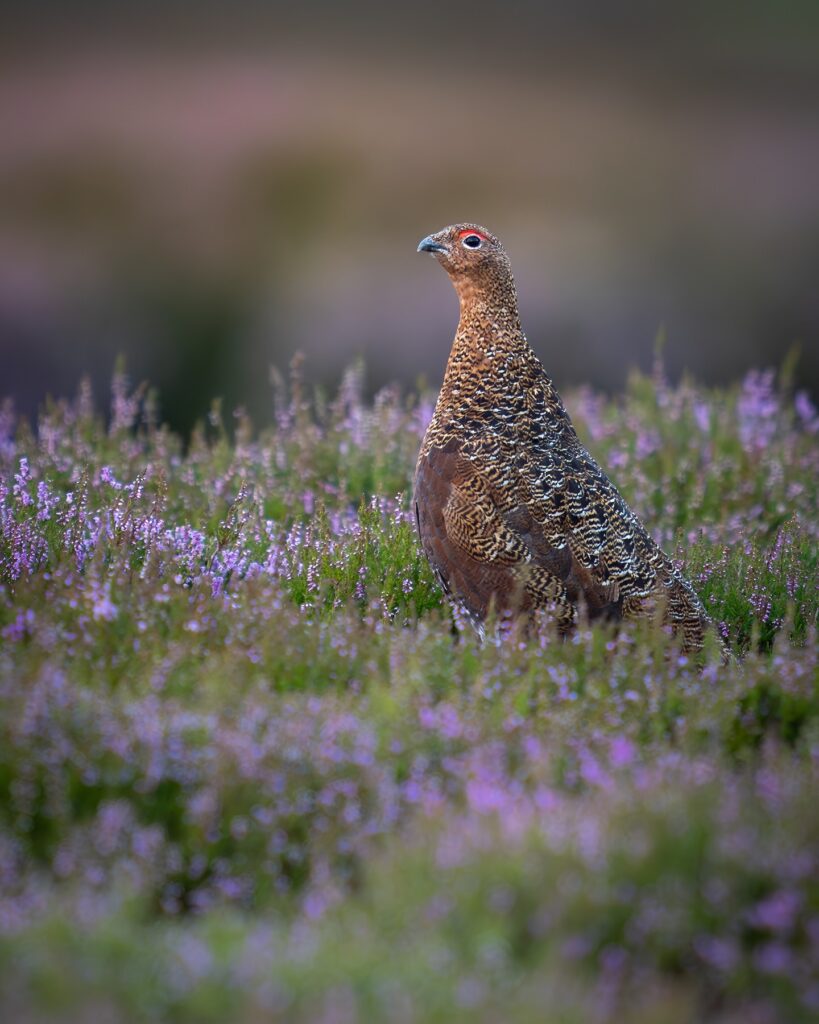
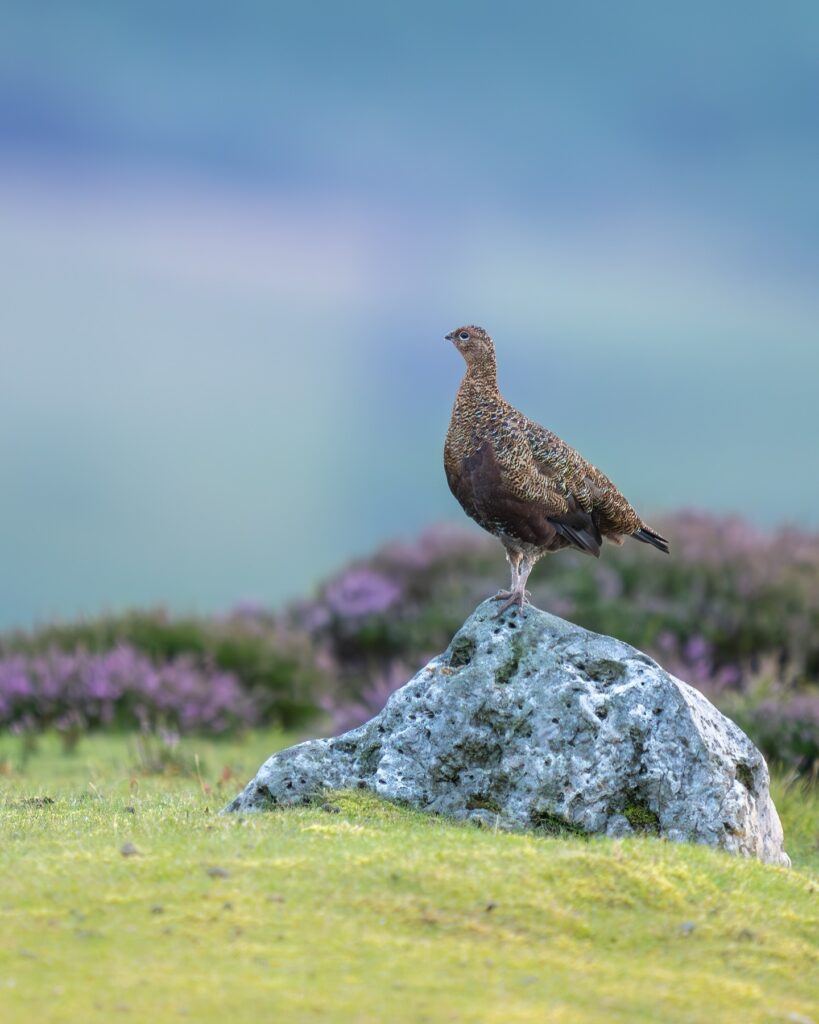
Comments are closed.
You may also like
Puffins of the Isle of Lunga: The Charismatic ‘Sea Parrots’
Photographing Gannets at Bempton Cliffs: A Graceful Return
Capturing the Magic of Kingfishers: A Photographer’s Passion by a River in Hampshire
Featured Posts
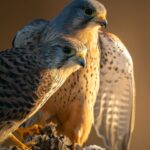
GET SOCIAL
INSTAGRAM
@paulbrowning.photography
@snowboard.paul
@macro.paul
TWITTER
@paul__browning_
FACEBOOK
@PaulBrowningPhotography
@snowboardpaul
@macro.paul.surrey
Get in Touch
GET SOCIAL
INSTAGRAM
@paulbrowning.photography
@snowboard.paul
@macro.paul
TWITTER
@paul__browning_
FACEBOOK
@PaulBrowningPhotography
@snowboardpaul
@macro.paul.surrey
